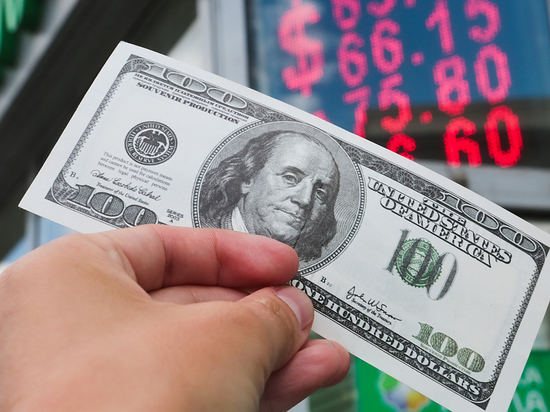Month of currency change: experts gave a forecast for the ruble exchange rate in October
[ad_1]

Options are available at both 50 and 62 per dollar
The dollar exchange rate during trading on October 6 exceeded 60 rubles for the first time in the last two weeks, follows from the data of the Moscow Exchange. The euro rose above 59 rubles, which also did not happen for a long time. Does this mean that October is becoming a turning point for the Russian national currency, and that it will only weaken further? The experts interviewed by MK do not give a solid and unambiguous answer to this question.
According to TeleTrade chief analyst Mark Goykhman, the main factors affecting the ruble now and in the near future are quite contradictory. The Russian currency and the economy as a whole are so isolated from world markets that the events taking place there have practically no effect on the exchange rate. The situation depends mainly on the export inflow of currencies and demand for them, primarily for importers. In October, export earnings will mostly remain, until a partial embargo on oil and oil products is introduced for Europe.
“In addition,” Goikhman argues, “holders of “unfriendly” currencies in bank accounts feel their “toxicity” – in the form of high commissions, maintenance fees, risks of sanctions blocking. The 8th package of EU sanctions has not yet included the expected blocking of the work of the National Clearing Center (NCC), which would make it impossible to buy and sell foreign currency on the Moscow Exchange. Such risks have put pressure on the euro and dollar in recent weeks, supported their sale and the strengthening of the ruble. The fact that these risks have not yet materialized has weakened the ruble in recent days.”
As for imports, it may behave in two ways in the coming weeks. On the one hand, with the formation of new supply chains from countries that are not unfriendly, the demand for the import of goods, including parallel imports, increases. This increases the need for foreign currency and strengthens its rates. At the same time, the West seeks to limit supplies to Russia and from other countries, including secondary sanctions applied to them. This may hinder the increase in imports and demand for the currency. Thus, Goykhman notes, the dynamics of foreign trade flows, other things being equal, will remain approximately at the level of September.
“Another factor is the long-announced, but not yet practiced, “budget rule” of buying foreign currency by the Ministry of Finance when oil prices rise, Goikhman recalls. – If it works in October-November, the dollar and euro rates will rise by two or three rubles. Both the Ministry of Finance and exporters are interested in this. Various kinds of force majeure geopolitical events can also have a negative impact on the ruble. As a result, we still have an unpredictable set of counter-directional drivers in the currency market. Most likely, it will lead to some weakening of the ruble to around 61-64 per dollar in the coming weeks.”
According to the head of the analytical department of AMarkets Artem Deev, during October the ruble will remain in the range of 57-61 per dollar, since little fundamentally changes for it. Oil quotes due to the latest decision of OPEC + will remain high, the demand for foreign currency within Russia is still insufficient for a radical weakening of the ruble. The Ministry of Finance, which has repeatedly declared its readiness to start foreign exchange interventions, has not yet indicated their timing, and buying dollars and euros on the domestic market can significantly (up to 70) weaken the position of the ruble. If this happens, then not in October, but towards the end of the year.
“In October, increased volatility will remain at the auction due to possible sanctions against NCC Mosbirzhi, which will make it difficult or impossible to trade in the dollar and the euro,” notes BitRiver financial analyst Vladislav Antonov. – Not wanting to see their money locked up, investors are selling toxic currencies. The higher the risk of sanctions, the stronger the ruble, which received additional support from oil prices, which have risen in recent days from $85 to $94 per barrel. On the other hand, geopolitical risks put pressure on the course, and this uncertainty makes forecasting very difficult. The dollar can both roll back to the level of 50 rubles, and recover to 62.
[ad_2]
Source link






